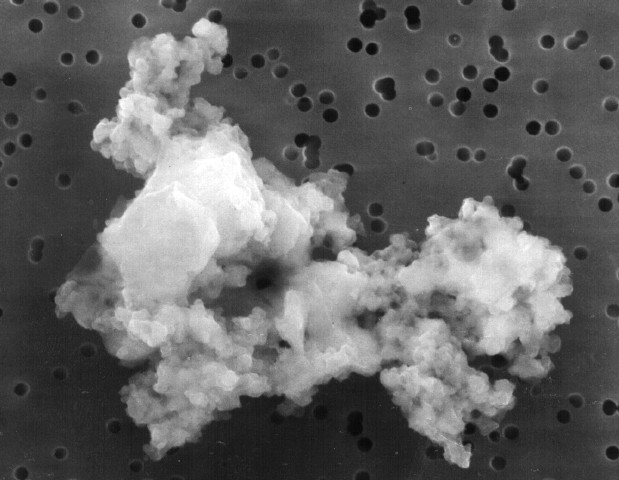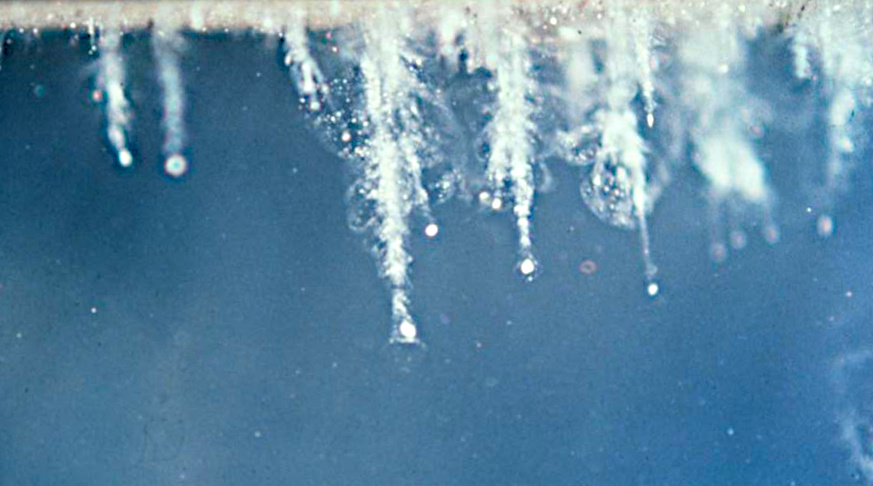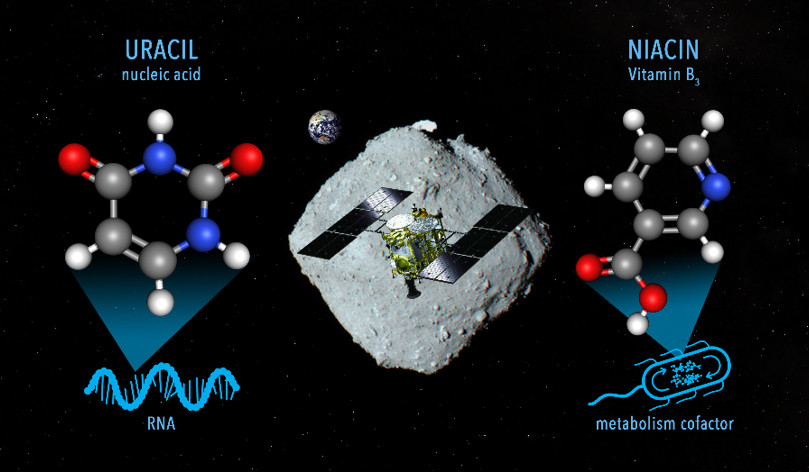Following enormous collisions, such as asteroid impacts, some amount of material from an impacted world may be ejected into space. This material can travel vast distances and for extremely long periods of time. In theory this material could contain direct or indirect signs of life from the host world, such as fossils of microorganisms. And this material could be detectable by humans in the near future, or even now.
When you hear the words vacuum and dust in a sentence, you may groan at the thought of having to do the housework. But in astronomy, these words have different connotations. Vacuum of course refers to the void of space. Dust, however, means diffuse solid material floating through space. It can be an annoyance to some astronomers as it may hinder their views of some distant object. Or dust could be a useful tool to help other astronomers learn about something distant without having to leave the safety of our own planet. Professor Tomonori Totani from the University of Tokyo’s Department of Astronomy has an idea for space dust that might sound like science fiction but actually warrants serious consideration.
“I propose we study well-preserved grains ejected from other worlds for potential signs of life,” said Totani. “The search for life outside our solar system typically means a search for signs of communication, which would indicate intelligent life but precludes any pre-technological life. Or the search is for atmospheric signatures that might hint at life, but without direct confirmation there could always be an explanation that does not require life. However, if there are signs of life in dust grains, not only could we be certain, but we could also find out soon.”
The basic idea is that large asteroid strikes can eject ground material into space. There is a chance that recently deceased or even fossilized microorganisms could be contained in some rocky material in this ejecta. This material will vary in size greatly, with different-sized pieces behaving differently once in space. Some larger pieces might fall back down or enter permanent orbits around a local planet or star. And some much smaller pieces might be too small to contain any verifiable signs of life. But grains in the region of 1 micrometer (one-thousandth of a millimeter) could not only host a specimen of a single-celled organism, but they could also potentially escape their host solar system altogether, and under the right circumstances, maybe even venture to ours.


“My paper explores this idea using available data on the different aspects of this scenario,” said Totani. “The distances and times involved can be vast, and both reduce the chance any ejecta containing life signs from another world could even reach us. Add to that the number of phenomena in space that can destroy small objects due to heat or radiation, and the chances get even lower. Despite that, I calculate around 100,000 such grains could be landing on Earth every year. Given there are many unknowns involved, this estimate could be too high or too low, but the means to explore it already exist so it seems like a worthwhile pursuit.”
There may be such grains already on Earth, and in plentiful amounts, preserved in places such as the Antarctic ice, or under the seafloor. Space dust in these places could be retrieved relatively easily, but discerning extrasolar material from material originating in our own solar system is still a complex matter. If the search is extended to space itself, however, there are already missions that capture dust in the vacuum using ultralight materials called aerogels.
Papers
Tomonori Totani, “Solid grains ejected from terrestrial exoplanets as a probe of the abundance of life in the Milky Way,” International Journal of Astrobiology: March 22, 2023, doi:10.48550/arXiv.2210.07084.
Link (Publication)


